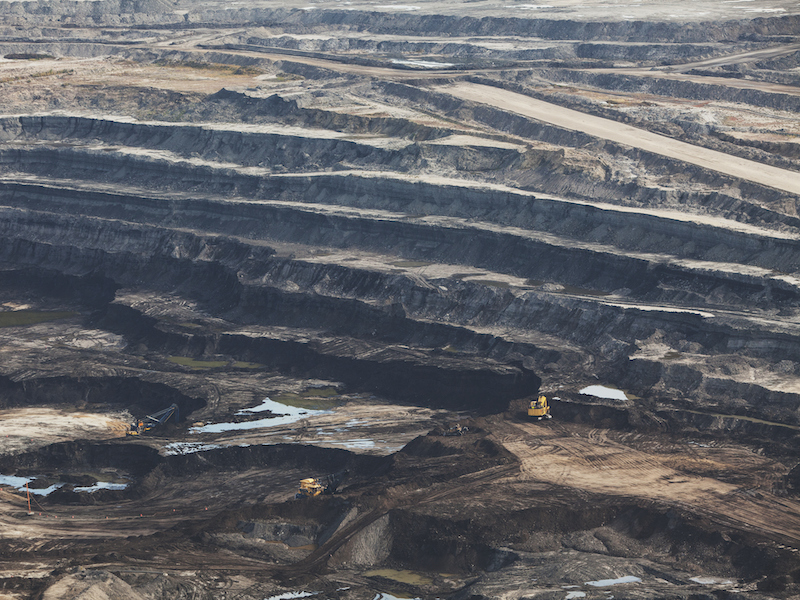
Energy investors should ignore the noise, focus on facts
Zeba Mirza of Foyston Gordon & Payne says Canada’s energy industry looks the best it has ever looked.
- Featuring: Zeba Mirza
- March 26, 2024 March 26, 2024
- 13:01

(Runtime: 5:00. Read the audio transcript.)
**
The best information for investors in the Canadian energy sector comes from the companies in the field, not sideline analysts or even industry agencies, says Zeba Mirza of Foyston, Gordon & Payne.
The vice-president and senior research analyst said a good investment strategy is simply to look at where oil and gas companies are focusing their attention.
“Ignore the noise. Focus on the actual physical data,” she said. “Look at what the companies in the sector are actually doing.”
Mirza said recent activity — including large-scale mergers and acquisitions in the energy space, like the Chevron-Hess and Exxon-Pioneer deals in October 2023 — reveals a lot of about industry sentiment.
“That tells you what the companies are thinking. It tells you that they think the sector has a future, and they’re positioning themselves to thrive in it,” she said. “This is an industry that still has decades of life ahead of it.”
Another measure of sector confidence is the investment in new projects like Suncor’s Fort Hills mine or Imperial Oil’s Kearl Oil Sands Project, north of Fort McMurray, Alta.
“These companies have spent billions to bring in new technology so that the CO2 emissions from these new projects are comparable to the average barrel processed in the U.S.”
Best of all, she said, the Canadian energy sector has been revivified by the imminent and long-anticipated opening of the Trans Mountain and the Coastal GasLink pipelines, which will transport oil and gas from the Alberta oil sands to the west coast of Canada.
“Takeaway capacity is finally arriving,” she said. “Canada looks the best it’s ever actually looked. This is a really constructive phase for Canada.”
The companies at the heart of the energy sector — like Calgary-based Suncor Energy, Cenovus Energy, Imperial Oil Ltd. and Canadian Natural Resources — are looking particularly good, in this time of strong demand and extremely low North American inventories.
“They already have reduced — and they’re continuing to reduce — their cost structures. Their balance sheets are in way better shape than they’ve ever been before. And they remain committed to shareholder returns,” she said. “The bottom line is don’t sell these stocks just yet.”
Mirza said investors can easily get confused about prospects in the energy sector if they listen to analysts and number crunchers.
“There is a lot of ideologically driven noise in the market. And you often hear narratives of a fast transition [away from fossil fuels] — the end of oil,” she said. “But there are a lot of investors that just don’t have a lot of conviction in this space.”
Even the International Energy Agency (IEA) — a self-described provider of “authoritative analysis, data, policy recommendations and solutions to ensure energy security and help the world transition to clean energy” — has provided questionable data for years.
“The IEA is a most respected agency. Everybody wants to read their reports,” she said. “But they are almost the worst offender when it comes to bad information.”
She said for decades now, as the agency increasingly saw itself as a cheerleader for the transition to a net-zero carbon future, it has underestimated energy demand.
“They’re actually doing a real disservice to the industry,” she said. “When [their reports] influence the capital allocation decisions of governments and companies, this could cause supply shortages which could lead to price spikes.”
Mirza said the move to carbon neutrality will be complex enough without bad data to confuse things.
“Out of eight billion people on the planet, there are seven billion living in non-OECD countries. And they’re going to be defining the pace of energy growth and energy transition,” she said. “And they want energy to be reliable and affordable. Sustainable is a distant third as a motivator.”
**
This article is part of the Soundbites program, sponsored by Canada Life. The article was written without sponsor input.
